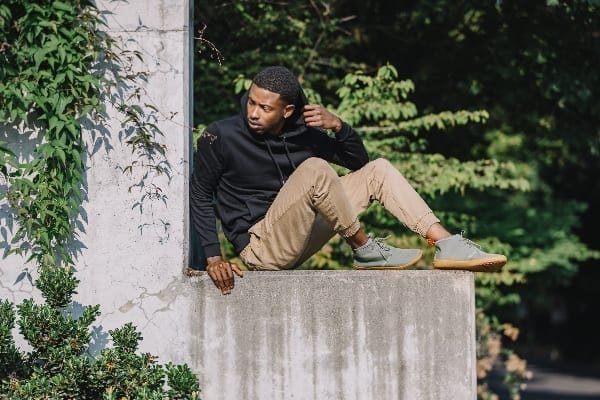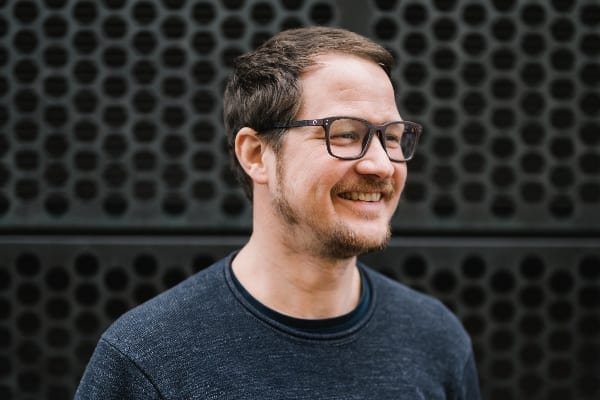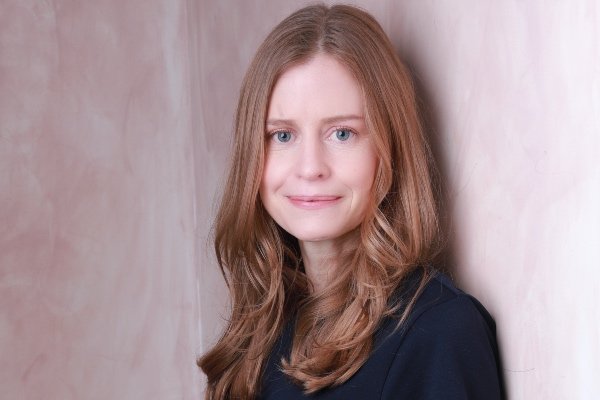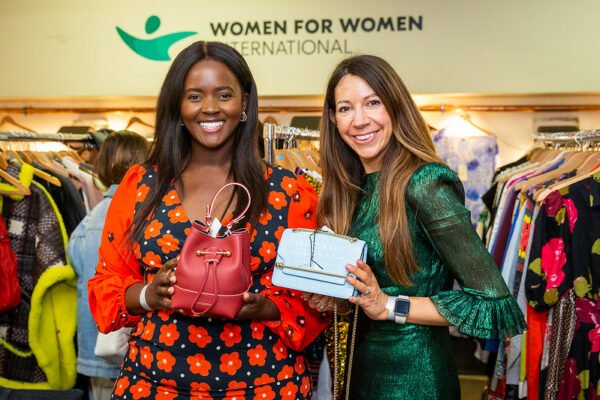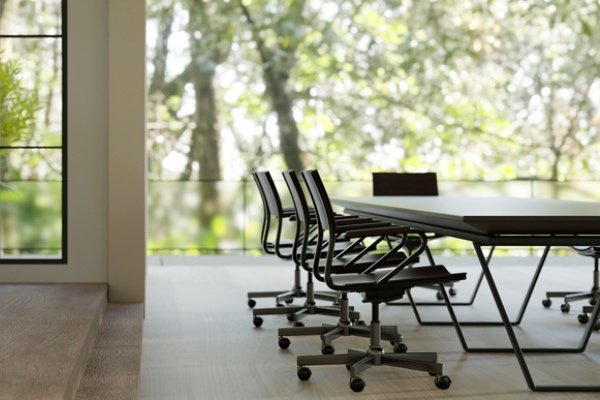This article first appeared in our Consumer Revolution issue of My Green Pod Magazine, released on 19 Dec 2019. Click here to subscribe to our digital edition and get each issue delivered straight to your inbox
A shoe company that’s singing the praises of a barefoot experience: it sounds like a cannibalistic idea from a business point of view, but Galahad Clark is no novice in the footwear market.
Clarks, one of the UK’s most recognisable high street names, was founded in Somerset in 1825. Seven generations later Galahad Clark, together with his cousin Asher Clark, is combining his knowledge and instincts with insights from his family treasure chest to devise revolutionary footwear.
‘I associate my happiest moments of youth with barefoot times in Devon and Somerset where I grew up’, Galahad tells us. A childhood friend, Tim, helped to kick-start Galahad’s interest in shoes that recreate a barefoot experience. ‘He came to me with a pair of Nike Huaraches that he had sliced the sole off’, Galahad remembers. ‘He’d stitched on a tennis racquet cover to create a modern-looking moccasin, and said ‘this is the way shoes should be made.’ I instinctively loved the idea.’
As humans don’t have hooves or pads, our feet need shoes with thermal and puncture protection – but as far as Galahad’s concerned, that’s it. From the eland-skin hunting sandals made by Kalahari bushmen to the buffalo sandals made in India, the reindeer moccasins made by the Sami people in the Arctic Circle and even the Roman soldiers’ sandals made a couple of centuries ago, humans have been making perfect shoes from local materials for thousands of generations. We roamed all over the globe without any air, gel, arch support or torsion controls – and without a chiropractor in sight.
‘All indigenous shoe-making is barefoot’, Galahad explains, ‘and in fact the populations wearing little or no shoes have near-perfect feet compared with modern Americans, who now spend more of their money on corrective foot surgery and orthotics than they do on their shoes!’
‘A public health scandal’
For Galahad, the whole shoe industry lost its way in the 20th century during a broader drive to emancipate ourselves from nature. ‘It is a public health scandal that the modern shoe industry leaves nearly every young adult with weak and deformed feet’, he says. ‘From the age of four we put children’s feet into non-foot-shaped shoes with heels or big wedges of padding that literally deform the feet and render most foot muscles redundant.’
‘Underfoot cushioning or thick, rigid soles lead kids to develop unnatural movement habits, and most people in the modern world end up with some sort of chronic pain later in life’, Galahad continues. ‘Depending on which study you read, up to 79% of people get injured when they run and 60% of people over 55 are in pain – in my opinion due to compromised footwear that results in weak feet and a series of bad movement habits that play out in sore knees, stiff ankles and hips and back and neck pain.’
The barefoot revival
Barefoot shoes are experiencing a revival thanks to the support of a growing legion of medics, scientists and coaches who agree shoes play a critical role in our overall health.
‘So much of our brain is dedicated to movement and the sensory feedback from the body – in particular the feet’, Galahad tells us. ‘If we take away that sensory feedback, the brain gets confused and starts to make bad movement decisions. Research now shows that walking around in cushioned shoes in a concrete world literally atrophies the brain, leading to brain degenerative diseases such as Parkinson’s disease and Alzheimers.’
For Galahad, the ability to move naturally, regularly and (most importantly) enjoyably into old age is still the best anti-ageing programme known to humans. A brain in full vitality also provides a lot more emotional wellbeing than one that is being understimulated.
‘Sensory deprivation disorder is a growing problem for young people growing up in cities in padded shoes’, Galahad adds. ‘The sooner we change that, the better and happier they will be – and there’s plenty of science to back that up.’
Reinventing the shoe
Science, biomechanics and sustainability concerns led Galahad to launch Vivobarefoot as a stand-alone brand in 2012. Today Vivobarefoot offers a wide variety of shoes, from hiking boots to trail running shoes (including swim-run shoes) and aqua shoes, with everyday, simple and luxury styles for men, women and kids.
‘The Tracker is our best-selling hiking boot and the lightest, most flexible waterproof hiking boot on the market’, Galahad tells us.
The Primus Bio is Vivobarefoot’s everyday sneaker; it’s made from bio-polymers (plants) and is a great lightweight modern-looking sneaker.
‘The Ababa, made in our factory in Ethiopia through a joint venture with our lead tannery Pittards, is a basic slip-on that’s socially innovative, simple to make and beautifully hand-stitched’, Galahad tells us. ‘It creates an amazing barefoot feel – and is damned good-looking to boot!’
Perhaps the most impressive of all is the San-Dal, innovated 100,000 years ago by the San Bushmen of the Kalahari desert. It was designed for running eight hours in 40-degree heat to track down antelopes.
‘The San-Dal provides perfect protection from the thorns and porcupines whilst allowing humans to run for hours on end’, Galahad tells us. ‘In collaboration with the Future Footwear Foundation, we make a limited run of these shoes every year with the San people, in a little workshop we helped build deep in the Nyae Nyae conservation area. These shoes were among the first ‘tools’ ever innovated by humans – and there’s no underfoot technology in sight.’
 Play Video about This Rock Might Just Save The World
Play Video about This Rock Might Just Save The World Play Video about Play 2 hours of rock
Play Video about Play 2 hours of rock Play Video about Play 2 hours of brook
Play Video about Play 2 hours of brook Play Video about Play 2 hours of sheep
Play Video about Play 2 hours of sheep

















